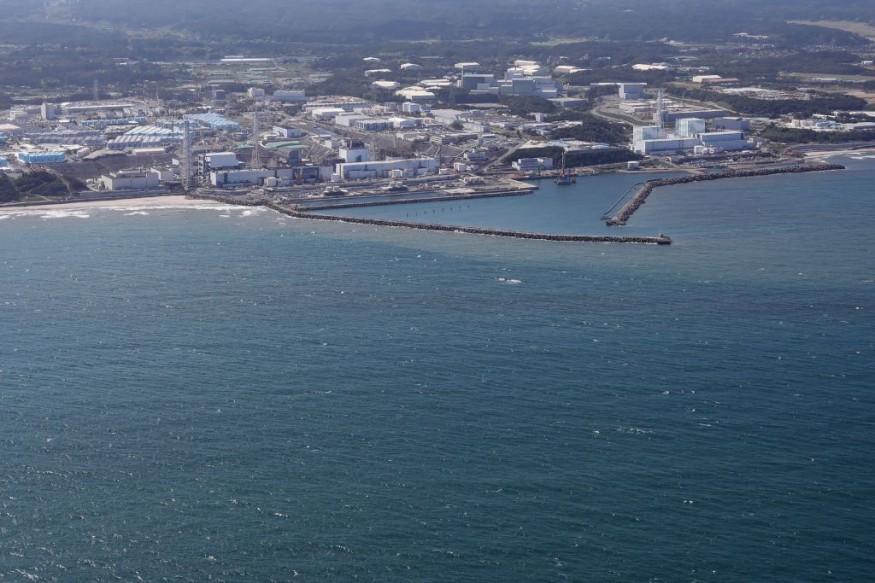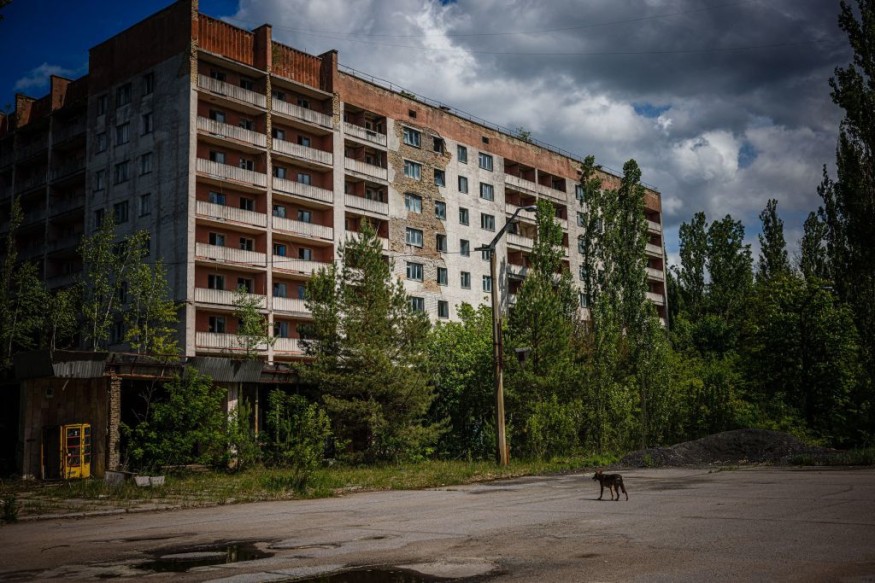Some places on the planet can have high radiation, with their air, rock and soil. People traveling to radioactive places should be aware to avoid prolonged exposure.
Radiation is part of life in many countries and communities. Prolonged exposure to high radiation can lead to harmful health effects, especially for areas near the atomic blast.
According to the United Environment Protection Agency (EPA), people can feel radiation syndrome or radiation sickness. People can experience devastating health impacts, including the following:
- Cardiovascular health effects
- Cancer
Fukushima Daiichi Nuclear Power Plant in Japan

The said nuclear plant in Japan has high radiation. The powerful earthquake damaged the power plant in Fukushima. The tsunami struck, and the reactors in the Power Plant were devastated, causing the radioactive materials to leak in the waters.
Communities were evacuated in the area to prevent prolonged exposure to radiation in the area.
Chornobyl in Ukraine

The place with known radioactive material is Chernobyl in Pripya, Ukraine in April 1986. It has been popular for many people since the Chornobyl incident that shocked the world. According to recent reports, about 5% of radioactive reactors managed to release into the planet.
To mitigate the effects of radioactivity, about 600,000 emergency workers were deployed to prevent the material from contaminating water filtration and water in the area.
In addition, the nuclear plant caused a widespread steam explosion. About 5 million people were exposed to the leaked radiation.
Washington's Hanford Site in the USA
In Washington USA, the Hanford site is known for plutonium plants in Hanford. It has about two-thirds of the country's radioactive waste, according to recent reports.
In the heated Cold War, the area was considered a main manufacturing plant for plutonium in the creation of powerful nuclear weapons. Groundwater in the area is also likely affected by the radioactive material from the plant.
Also Read : Do Electric Cars Cause Cancer? Debunking 5 Notorious Health Myths About Electric Vehicles
Mailuu-Suu in Jalal-Abad Region of southern Kyrgyzstan
The Mailuu-Suu is located in southern Kyrgyzstan. The mining facility had about 1.96 million cubic meters of Uranium, experiencing seismic activities.
The impacts of radiation on wildlife and habitats are being studied. Visiting the area is still challenging for experts due to logistical issues.
Related Article : Chernobyl Dogs Living Under Worst Conditions: What Humans Can Learn
For more similar stories, don't forget to follow Nature News.
© 2025 NatureWorldNews.com All rights reserved. Do not reproduce without permission.





